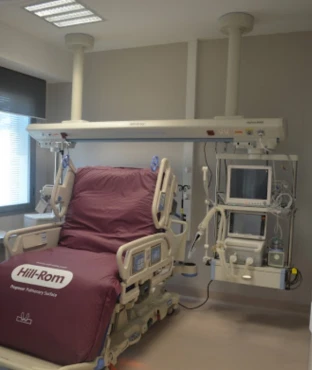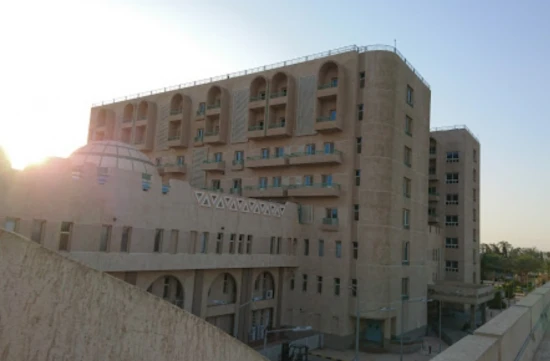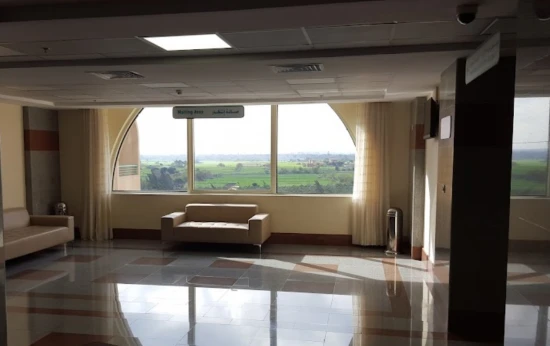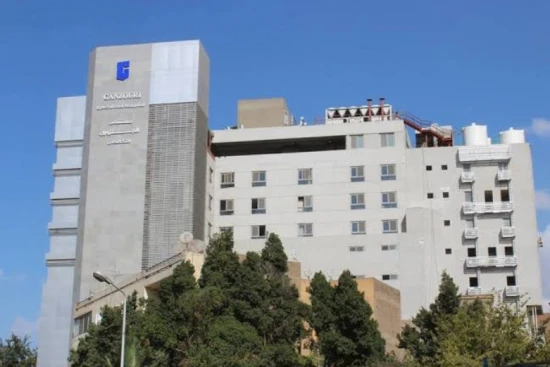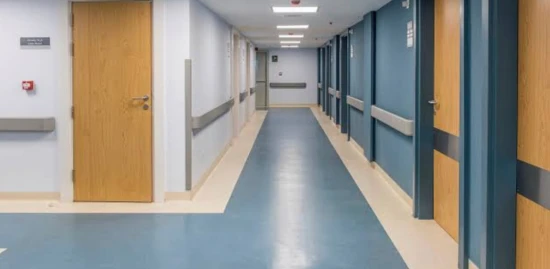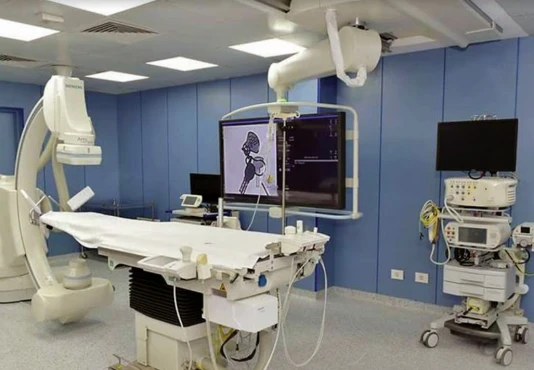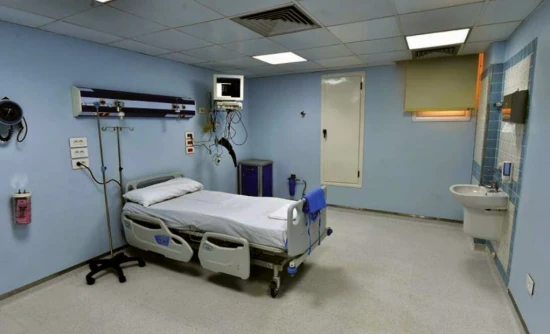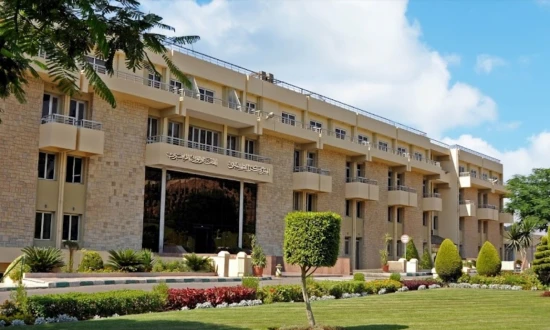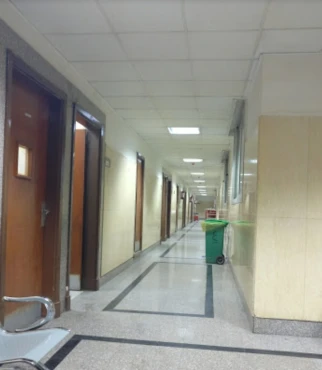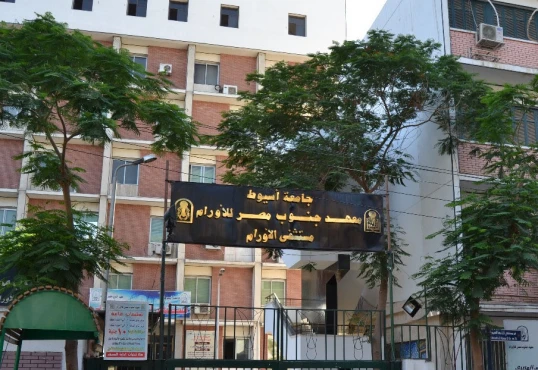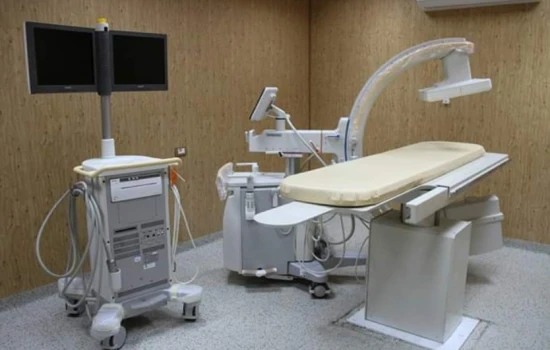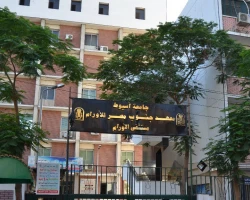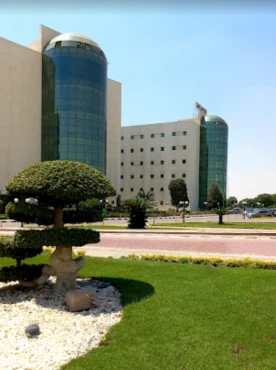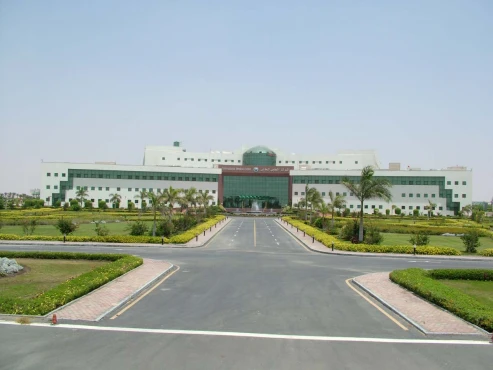Esophageal stricture treatment in 1 Thoracic surgery clinic in Tunisia
1 clinic specializing in Thoracic surgery providing treatment of
Esophageal stricture
Esophageal stricture refers to the narrowing of the esophagus due to scar tissue formation, leading to difficulty swallowing, chest pain, and food impaction. It can be caused by acid reflux or other factors and requires medical intervention.
Read more...
disease in Tunisia.
Such diseases are treated by Clinique La Rose: Achalasia, Dysphagia, Esophageal cancer, Esophageal stricture .
Sorted by:
Relevance
Rating
Relevance
Prices for popular procedures:
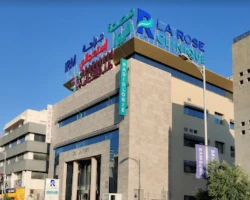
Tunis, Tunisia
Specializations: Vascular surgery, Thoracic surgery, Neurosurgery, Spine surgery, Orthopedic surgery, Oncology
Languages: Arabic, English
La Rose Clinic is the first clinic in Tunisia and Africa to sign an agreement with ACCREDITATION CANADA; the world’s leading accreditor of Francophone and
read more
Relevant clinics
Perhaps you should consider the following relevant clinics we have found basing on your Location, Disease filters applied.
Prices for popular procedures:
Prices for popular procedures:
Prices for popular procedures:

Cairo, Egypt
Specializations: Cardiac surgery, Vascular surgery, Thoracic surgery, Neurosurgery, Spine surgery, Orthopedic surgery, Oncology
Languages: Arabic, English
Ganzouri Specialized Hospital (GSH) is a private general hospital, operating & rendering services to our community for almost 50 years. Our hospital includes 8 highly
read more
Prices for popular procedures:
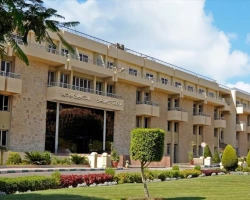
Cairo, Egypt
Specializations: Cardiac surgery, Vascular surgery, Thoracic surgery, Neurosurgery, Spine surgery, Orthopedic surgery, Oncology
Arab Contractors medical Center has been established in 1981 by Arab Contractors Company (Osman Ahmed Osman & Co.) as generous initiative of the guru, Eng.
read more
Prices for popular procedures:
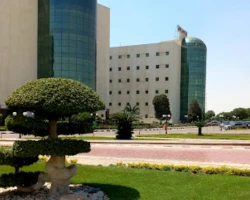
Cairo, Egypt
Specializations: Cardiac surgery, Vascular surgery, Thoracic surgery, Neurosurgery, Spine surgery, Orthopedic surgery, Oncology
We are committed to maintaining and improving the quality of healthcare provided to each patient, and to treating all individuals with Dignity and Respect. We
read more
Countries with the highest number of clinics treating the diseases:
Esophageal stricture:
worldwide
578 clinics
Germany
38 clinics
Brazil
37 clinics
Mexico
25 clinics
Colombia
24 clinics
India
23 clinics
Related procedures:
Procedures are likely to be used for Esophageal stricture treatment:
Esophageal dilation,
Esophageal stenting,
and
Esophagocoloplasty
.

